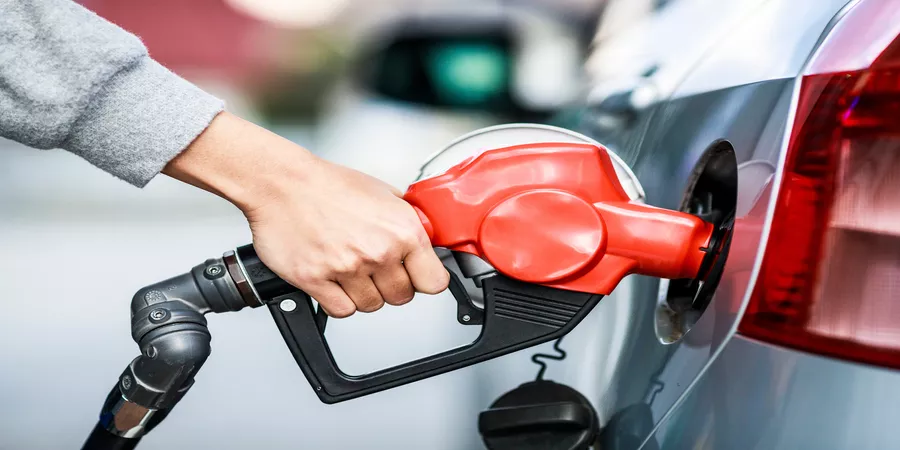Highways are incredibly convenient for covering long distances quickly, but they also present some of the most serious driving risks you’ll encounter on any given day. The combination of high speeds, heavy traffic, and drivers with varying skill levels creates conditions where small mistakes can turn into major disasters in the blink of an eye.
Speeding, distracted driving, and aggressive behavior all contribute to thousands of preventable accidents across the country every single year. In Florida, reports of highway crashes in Clearwater serve as a stark reminder of just how dangerous these major roads can become when drivers let their guard down or make poor decisions behind the wheel.
The encouraging news is that most highway accidents can be avoided when drivers commit to safer habits and stay genuinely aware of their surroundings rather than just going through the motions of driving. As we navigate 2025 with evolving technology and changing road conditions, staying safe requires both old-school awareness and smart adaptation to new challenges.
Your Phone Can Wait Until You Get There
Distracted driving continues to be one of the biggest killers on highways, and it’s getting worse as our devices become more tempting and harder to ignore. Texting, scrolling social media, eating a sandwich, or even messing with your GPS takes your eyes off the road at exactly the wrong time when split-second reactions can mean the difference between arriving safely and becoming a statistic.
At highway speeds, taking your eyes off the road for just three seconds means you’ve traveled the length of a football field completely blind to what’s happening around you. That’s more than enough time for traffic to slam on brakes, for someone to drift into your lane, or for road debris to appear in your path.
Staying genuinely focused means putting your phone somewhere you can’t reach it, finishing your meal before you start driving, and setting up navigation before you leave the driveway. The text message, phone call, or social media notification will still be there when you arrive safely at your destination, but you might not be if you try to handle both at highway speeds.
Speed Limits Aren’t Suggestions
Speed limits get set based on road design, traffic patterns, and safety data, not because transportation departments want to ruin your day or make you late for appointments. Driving significantly faster than posted limits reduces your reaction time and dramatically increases both the likelihood of crashes and the severity of injuries when accidents do happen.
However, driving too slowly on highways can also create dangerous situations by forcing other drivers to make sudden lane changes or causing traffic backups that lead to rear-end collisions. The safest approach is maintaining speeds that match traffic flow while staying within reasonable ranges of posted limits.
Smart drivers adjust their speed based on current conditions rather than just following what the sign says. Heavy rain, fog, construction zones, or dense traffic all require slower speeds than you might use on the same stretch of road during perfect weather with light traffic. Your speed should always give you enough time and distance to respond safely to whatever develops ahead of you.
Expecting the Unexpected
Defensive driving means operating under the assumption that other drivers might do something stupid, dangerous, or completely unpredictable at any moment. This mindset keeps you alert and prepared to respond when someone cuts you off, runs a red light, or makes an aggressive lane change without signaling.
Maintaining a safe following distance gives you precious extra seconds to react when the car ahead of you suddenly brakes or when debris appears in your path. The old rule of staying three seconds behind other vehicles becomes even more important at highway speeds where stopping distances stretch much longer than most people realize.
Watch your mirrors frequently to stay aware of vehicles around you, especially in your blind spots where cars can disappear from view but still pose collision risks. Pay attention to aggressive or erratic drivers and give them plenty of space to make their mistakes away from your vehicle. Being proactive about avoiding dangerous situations works much better than trying to react after problems have already developed.
Making Every Trip Safer
Highway safety in 2025 requires combining time-tested safe driving principles with smart adaptation to modern challenges and technology. Staying focused on driving, respecting speed limits, maintaining defensive awareness, and adjusting for weather conditions all work together to dramatically reduce your risk of being involved in a serious accident.
Technology can definitely enhance safety when used wisely, but it should supplement rather than replace responsible driving habits that keep you alert and engaged behind the wheel. The reality is that most highway accidents could be prevented if drivers consistently made better choices about speed, attention, and road positioning.
Incidents like highway crashes in Clearwater remind us that safety isn’t something that happens automatically just because we’re experienced drivers or because our cars have advanced safety features. Every single trip requires conscious decisions about how we drive, and those choices affect not just our own safety but the wellbeing of everyone else sharing the road with us.














